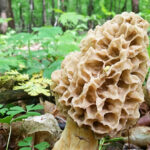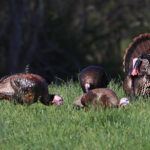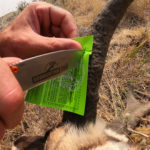If you have hunted whitetail deer long enough, you likely know just how hard it can be to outsmart a mature buck. As far as senses go, such as being able to hear you, smell you, or even get a small glimpse of the slightest movement coming out of your treestand, whitetails have all the advantages.
However, despite all of these incredible survival instincts that whitetail deer possess, we can still develop strategies to hopefully catch them off guard, and capitalize on any mistake they might make.
One of the greatest strategies I have utilized over the past several years is creating micro food plots or, “kill plots.” These plots can help create the perfect scenario for an encounter with the buck on your hit list. That is, if you can avoid the common mistakes that often come with these plots.
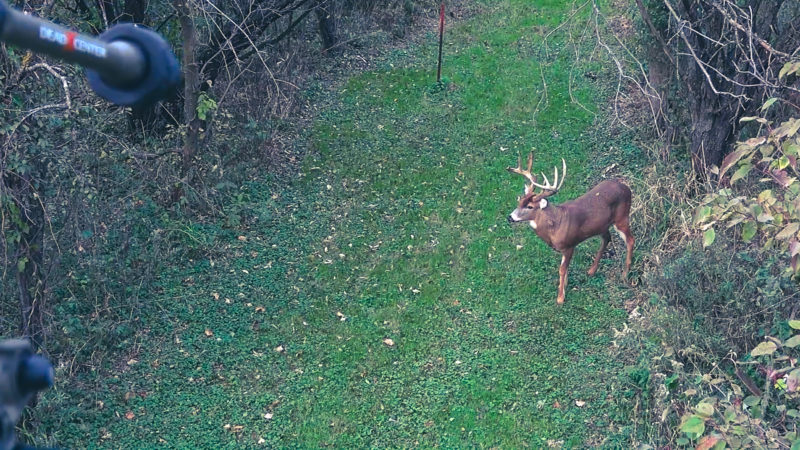
Not All Food Plots Are Created Equal
Over the past several years, I have created dozens of kill plots, and I can say with absolute certainty that not all are created equal. Creating a kill plot that is effective at drawing bucks into close range can require a great deal of planning, sweat equity, and some scouting. But when they’re done right, they can be the best place to ambush your target deer.
After years of creating food plots, I have made most every mistake in the book. Looking back, I’m thankful that I made these mistakes. They have helped me to develop a quality food plot strategy that I’ve been able put into practice on my own properties, as well those for friends and family.
Here’s a short list of the things I have learned not to do with my kill plots each year.
1. Wrong Location
You might think that any relatively open spot in the woods is a great place to put a kill plot. But this is a big mistake. When I first started creating kill plots, I figured it was a numbers game, so I just decided to create as many as I could in random locations on my farm. What ended up happening was it spread my entire deer herd out, and the bucks were too unpredictable to pattern. Come rut time, I had no consistency.
Find a spot that is located between bedding and a larger primary food source. These kill plots are often called, “staging areas,” where a buck will show up before dark, just as he is transitioning into a big ag field or other large food source. This is the perfect spot to ambush a nocturnal buck, as he’ll likely slip up a few times and show himself during daylight hours.
Make sure this location has a water source close by and plenty of cover to keep bucks feeling secure, even when it is still light out. You can also use topographical maps to find these ideal kill plot locations by finding funnels and pinch points outside of a popular bedding area.
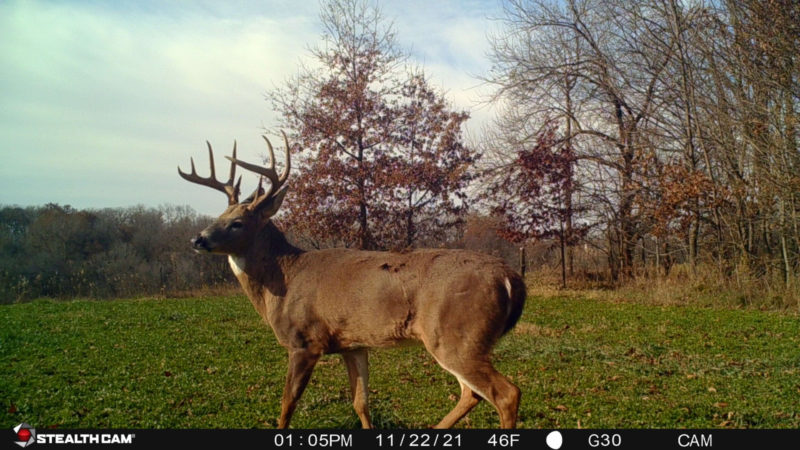
2. Not Planting the Right Seed
If you’re in an area surrounded by soybean and corn fields, planting those in a kill plot might not be very effective. On the other hand, if you’re in an area where your deer herd has likely never experienced turnips or radishes, it may take them a while before they are curious enough to try it.
For my kill plots, I like to pick something that I know is universally loved by deer, and something that the deer can only find in my spot. Seed varieties such as clover, alfalfa, chicory, winter wheat and rye, all make great options for kill plots and can usually handle heavy grazing which is necessary for plots of this size.
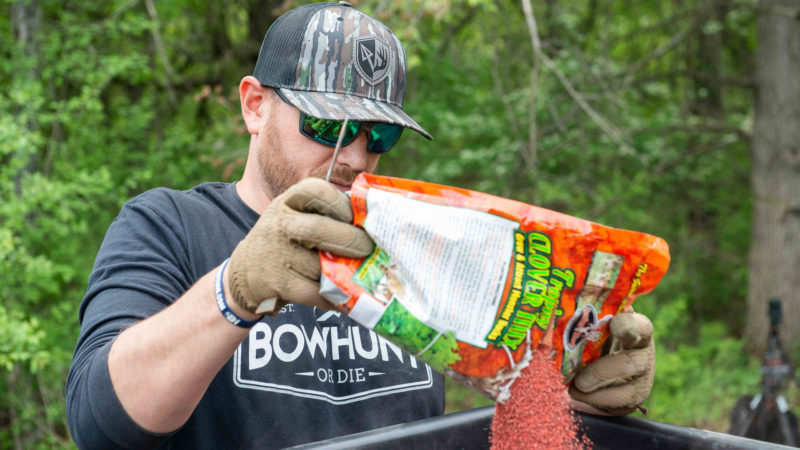
3. Going Too Big, or Too Small
When creating kill plots, the idea is that the plot will be small enough where you can essentially have an ethical shot from wherever the deer are in the food plot. This can vary depending on the setup, but in general, you don’t want to create a plot that is too big, as that defeats the whole purpose of a kill plot. If the plot is big enough for deer to stay out of bow range, you can bet they likely will.
Having a kill plot be too small seems like a no brainer, but creating a plot that’s too small can lead to trouble of its own. I’ve developed plots as small as 20 yards by 20 yards. This typically leads to overgrazing, but it can also limit your ability to go undetected when multiple deer crowd in to these smaller plots.
Bottom line – use your best judgment on how big you want your kill plot, but a quarter acre to a half acre is a great standard to go by.
4. Too Much Pressure
A disadvantages of the kill plot is that, due to its size, it’s very easy to overhunt it and cause excessive pressure to your deer herd. With a big soybean field, or even a 2-acre brassica plot, you might be able to get away with hunting the same spot for several days straight. If you do this in a kill plot, you’re sending a message to all the deer in the area to only visit at night.
Only hunt your kill plots when the conditions are perfect. Make sure your wind is right, and ensure you have a good entry and exit route. As unfortunate as it may seem, you may only be able to hunt a kill plot a few times a year, so make them count. This is why it also helps to have multiple kill plots on your property that you can bounce around throughout the season.
Watch Matt Miller score on a giant buck in a kill plot on his small acreage honey hole in the video below.
5. Failing to Prep Your Plot
I debated putting this last because it’s perhaps the most important factor when creating kill plots, and a mistake I have made so many times that I’ve lost count. Preparing your land the right way for your kill plot is the difference between a lush, attractive food source and a barren plot of dirt.
Follow all of the right steps for food plot preparation. Don’t skip the soil sample. It’s so easy to just assume that your soil has all the right nutrients and pH balance. And maybe it does. But it’s just as easy to scoop a piece of ground and send it to your local Co-op for evaluation, and then you’ll have the peace of mind knowing that at least your soil isn’t the problem.
Don’t forget to spray! One of the biggest killers of my kill plot dreams has been weeds. They will outcompete your food plot every time if you don’t kill them with some form of weed killer. The most common weed control being Glyphosate (Roundup).
Work the ground and make sure that your seed has good contact with the soil. If a tractor isn’t in the budget, that’s not an issue. I would say 90% of my kill plots involved no heavy equipment whatsoever. You can create a lush and effective food plot with common gardening tools, or a hand spreader. And if you have access to an ATV, all the better.
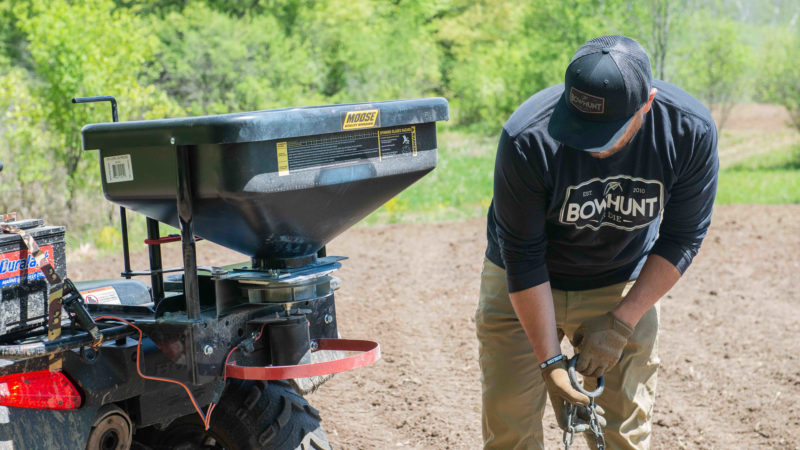
You might be surprised at the positive role a kill plot can play in your deer hunting success in the fall. Deer are motivated by their stomachs. Capitalize on this weakness. Create a safe-haven for them, where they don’t have to travel far from bedding to enjoy a lush food source with adequate cover.
Limit your disturbance, and monitor activity through your trail cams, preferably cellular, and you’ll be able to quickly adopt a plan to ambush your target buck this coming season.

 By
By 